One of the benefits of living in the private sector is the ability to cook outdoors. A homemade stove for the street in the country allows you to do this in a comfortable environment, combining business with pleasure. To make even the simplest garden oven with your own hands, you need to figure out the device of this type of structure, choose the right structure and building materials correctly.
Mandatory elements of an outdoor oven
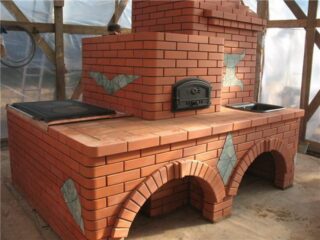
When planning to build a stove in the courtyard of a private house, you must initially decide on its functionality and purpose. One type of construction can be used for smoking, another for cooking, and the third replaces all household appliances in a conventional kitchen. With all its diversity, ovens on the street for a brick dacha have almost the same device.
The standard for all foci is as follows:
- Foundation. Even a small boiler weighs several hundred kilograms. The base takes this weight and transfers it to the ground.
- Housing. It is made of a certain height, width and configuration, depending on the complexity of the project.
- Firebox. It is a chamber made of refractory material with grates for storing fuel.
- It blew. Cut-out for the ash and ash collection box.
- Top panel. Depending on the model of the hearth, it is used to place skewers, cauldrons, pans and pots.
- Chimney. An outdoor wood-fired cooking stove emits a large volume of smoke, it is advisable to remove it from the working area.
Based on the scale of the upcoming construction, certain options and infrastructure elements are envisaged. When building a brick oven on the street with your own hands, you can supplement it with a canopy, a platform, cutting tables and shelves, a walkway and garden furniture.
Purpose of the street oven

An outdoor cast-iron stove for a summer residence is not only a cooking device.
You can consider its purpose from the following angles:
- A culinary device on which you can embody all your cooking skills, experiment with fire and coals, and make delicious exotic dishes.
- Yard landscape element. A tastefully designed and assembled veranda stove in the country can well become the center of attention and a real decoration of the site.
- A place for family gathering and receiving guests. The hearth with a fireplace arch attracts, evokes a romantic mood, creates an atmosphere of intimacy and tranquility.
- Heating the room. Stoves emit a large amount of heat and are quite capable of heating a closed gazebo, summer kitchen, glazed terrace.
Laying out the oven is a complex process, but with the right approach, it is quite feasible. Independent work will allow you to save money and spend time interestingly.
Varieties of outdoor stoves
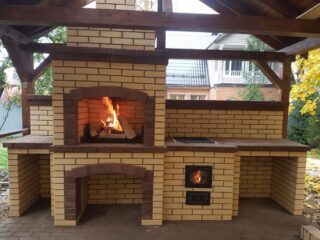
There are many outdoor stove projects that are successfully implemented by private property owners.
The most common types are:
- B-B-Q. Quite a popular and widespread option. Open brazier with arch. A removable or swivel lid is provided to create the appropriate conditions for smoking products.
- Fireplace.A courtyard hearth can perform not only a decorative and heating function. It can be used to cook fish, meat, vegetables on the wire rack and skewers. A small fireplace fits perfectly into any interior.
- Brazier. This is a classic, without which a personal plot is unthinkable. Using metal pads, you can modify an open brazier into a hob and a hearth for a cauldron.
- Stove with stove. Simple and versatile solution. The product is compact and functional. Versatility is achieved by choosing the right slab. Removable rings allow you to use the surface for stewing, simmering, boiling, and cooking on fire.
- Russian stove. The structure is massive, complex, but also the most practical. It contains fire, smoke, oven and hob. In the hearth, you can boil, smoke, fry. When installed in the yard, the walls of the structure are insulated.
- Tandoor. With outward simplicity, the clay hearth has great functionality. In addition to traditional flat cakes and pilaf, you can make almost all dishes of Slavic cuisine in it.
When planning work, you need to objectively assess the features of the site, your capabilities and needs.
The simplest outdoor oven

The simplest foci can be collected literally within an hour and requires ordinary household tools.
To quickly and inexpensively fold an outdoor stove, it is allowed to use the following materials:
- Metal. Iron discs from wheels, pieces of pipes of large diameter, gas cylinders, steel sheets with a thickness of 3-6 mm are used.
- Refractory bricks. A hearth is assembled from chamotte and ordinary red blocks. A brick hearth in the presence of a flat base may not be held together by mortar. The stones are heavy enough not to crumble during various manipulations.
- Reinforced concrete blocks. The material is durable, resistant to moisture. All you need is some decor.
The best option among the majority of private developers are brick structures with orders of various levels of complexity. Such structures combine practicality, durability and presentability.
How to choose a seat
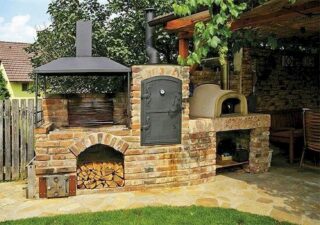
An outdoor brick stove for a summer residence is an object that must fulfill the functions assigned to it and fit perfectly into the landscape of the site.
The choice of the construction site is determined by the following rules:
- On a hill, in order to exclude the possibility of flooding the site with rain and melt water.
- Convenient approach. The absence of objects that impede the free movement on the track and site.
- Safe distance from combustible objects, water intake, neighboring buildings.
- A point that is not visible to strangers to rest comfortably without fear of unwanted glances.
- Lack of tall trees nearby. Their roots can erode the cauldron foundation and the footpath over time.
After determining the place for construction, you need to study the schemes for laying outdoor stoves, make a choice, draw up a drawing and start preparatory work.
Completing of the work
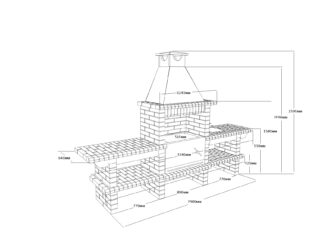
The construction of a brick hearth, regardless of its design and size, begins with the preparation of the necessary property. Calculations are made according to design documentation.
List of required tools:
- roulette;
- shovel;
- level;
- hacksaw;
- a hammer;
- Bulgarian;
- scissors;
- Master OK;
- mallet.
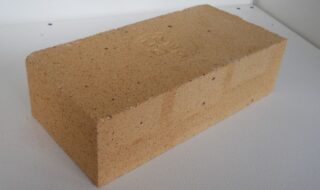
List of materials:
- fireclay and red clay bricks;
- pottery clay;
- sand;
- roofing material;
- cement;
- corner;
- fittings;
- impregnation for stone;
- metal for the manufacture of doors and burners.
Materials should be taken with a small margin of 10-15%. Broken and used bricks can be used.
Then you need to prepare your workplace. This stage includes:
- Clearing the area from vegetation and small infrastructure.
- Supply of electricity, water, preparation of containers for garbage and waste.
- Arrangement of communication lines.
- Preparation of protection from precipitation.
- Preparation of protective equipment - visor, gloves, respirator.
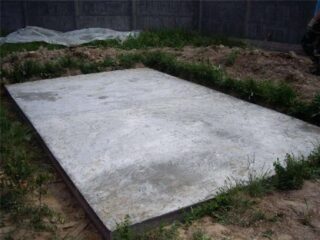
Recommended technique for building a brick oven:
- Foundation making. The best option is a reinforced concrete slab, poured over a layer of sand and gravel. The thickness of the base should be 8-10 cm with an elevation of 5 cm above the ground level. If the soil is wet and unstable, additionally tubular or screw-type supports are lowered into it.
- Dry stone laying. They are first tried on and adjusted to fit. For cutting, you need to use a grinder, as splitting gives ragged edges and inaccurate dimensions.
- Preparation of the solution. Laying a waterproofing layer on concrete. A layer of clay up to 10 mm is applied on top, and the first row is already laid on it. Careful alignment is carried out.
- In the course of masonry, the vertical and horizontal of the structure are controlled. Correction is carried out with a mallet and a workshop. In accordance with the order, mortgages for doors, grates and a hob are installed. The seams are rubbed, and after drying they are treated with mastic.
- Chimney installation. Making it out of brick is impractical. It is much faster and cheaper to install a double pipe with a deflector and a sump.
- Drying. The hearth must stand at least a half moon, after which it must be heated, gradually increasing the temperature, bringing it to a maximum after 5-6 hours.
To protect the hearth from the effects of weather factors, it must be equipped with a roof, drainage, regularly cleaned of snow, soot and dirt. In humid climates, bricks can be covered with façade plaster or clinker tiles.








